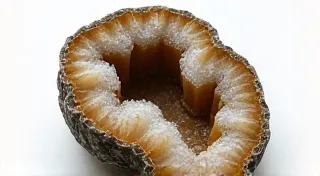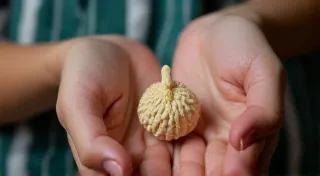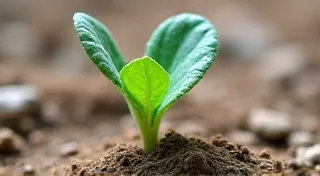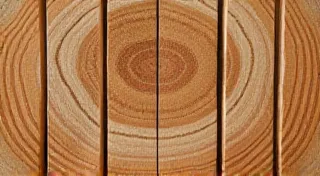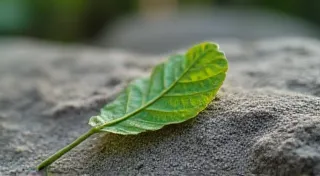Embracing Imperfection: The Beauty of Wabi-Sabi in Wood Carving
The scent of wood shavings, the reassuring weight of a well-worn penknife in your hand, the slow revelation of form emerging from a rough-hewn block – for those of us drawn to penknife whittling, it’s more than just a craft; it's a connection to something ancient, something deeply human. And at the heart of that connection lies a profound appreciation for imperfection, a philosophy known as wabi-sabi.
My grandfather, a taciturn man of few words, was a carpenter by trade. He rarely spoke of his work, but the evidence of his skill was everywhere – the sturdy porch swing, the perfectly angled roof eaves, the smooth grain of the kitchen table. I recall, as a child, discovering a small, damaged accordion tucked away in his attic. It was a Hohner Marine Band, beautiful even in its disrepair – chipped ivory keys, a cracked bellows, and a tarnished finish. He never played it, merely preserved it, explaining simply, “It has a history. A story.” That accordion, in its worn beauty, was my first unintentional lesson in wabi-sabi.
Wabi-sabi, a Japanese aesthetic philosophy, is notoriously difficult to translate directly. It's often described as finding beauty in transience, imperfection, and simplicity. It's about appreciating the cracks, the knots, the irregularities that tell a story. It's a rejection of the manufactured perfection of modern life in favor of the natural beauty of the aging world. Think of a moss-covered stone lantern in a Japanese garden, or the patina on an antique copper pot. These are embodiments of wabi-sabi.
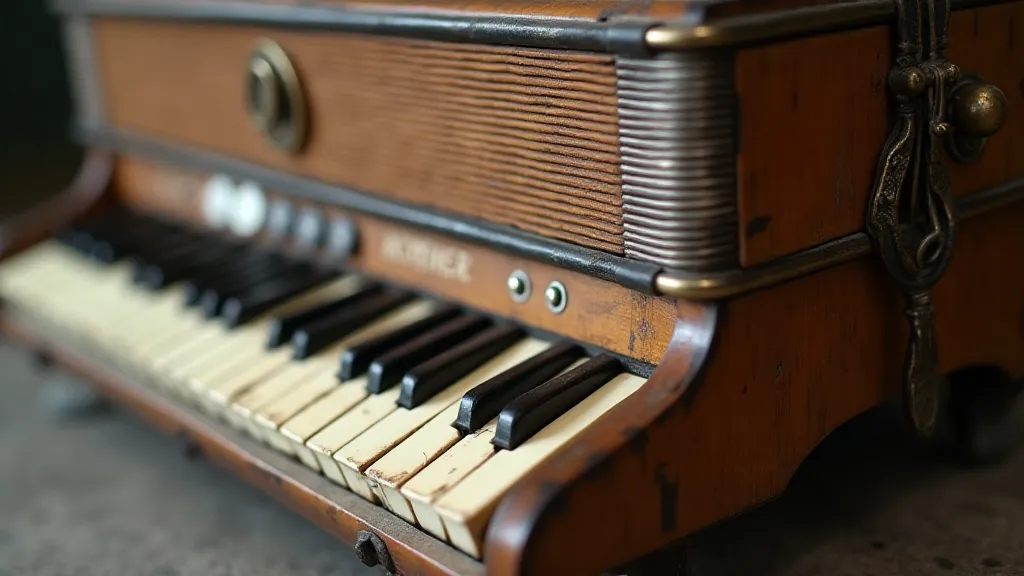
The Historical Roots of Imperfection in Carving
The principles of wabi-sabi weren't invented in a vacuum. They have deep roots in the history of craftsmanship, particularly in traditional wood carving. Consider the folk art carving traditions of Europe and North America. These weren't produced in sterile workshops with precise measurements and flawless execution. They were often the creations of self-taught artisans, working with whatever tools and materials were readily available. Knots in the wood were incorporated, not avoided. Tools weren’t always sharp, leaving subtle tool marks that tell a story of the maker’s hand. Mistakes happened; they were often left as part of the design. This wasn't carelessness; it was an honest reflection of the carving process and the available resources.
Think of the whimsical wooden animals carved by Swiss folk artists, or the simple, expressive faces carved into Appalachian walking sticks. These pieces weren't striving for photographic realism; they were capturing an essence, a feeling. The imperfections – the slightly uneven eyes, the roughly hewn limbs – only added to their charm and character. They were imbued with a warmth and personality that a perfectly rendered carving simply couldn't possess.
Applying Wabi-Sabi to Penknife Whittling
So how does this apply to penknife whittling? It's surprisingly liberating. Often, when we begin carving, we're striving for something flawless. We worry about symmetry, smooth surfaces, and eliminating any trace of the carving process. But by embracing wabi-sabi, we can shift our perspective.
Instead of viewing tool marks as errors to be sanded away, see them as evidence of your hand, a record of your journey through the wood. Let the natural grain dictate the flow of your carving. Embrace the knots and imperfections – incorporate them into your design. If a piece cracks or breaks, don’t discard it; see if you can creatively mend it, transforming a flaw into a feature. The Japanese art of kintsugi, repairing broken pottery with gold lacquer, beautifully illustrates this philosophy – celebrating the cracks and flaws rather than concealing them.
The beauty of penknife whittling lies, in part, in its inherent limitations. A simple penknife isn't a precision instrument. It won't allow for the same level of detail as a chisel or a power tool. But those very limitations encourage a more intuitive and expressive approach to carving. You’re working *with* the wood, not against it. You're revealing its hidden potential, rather than imposing your own will upon it.
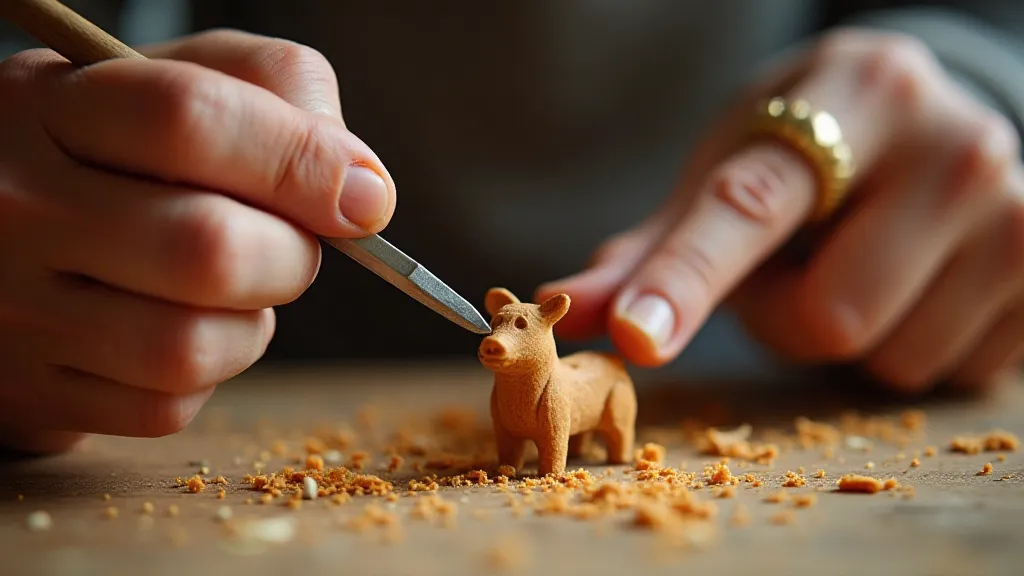
Beyond the Object: The Emotional Connection
The practice of wabi-sabi carving isn't just about the finished object. It's about the process itself – the quiet focus, the tactile connection to the wood, the satisfaction of creating something with your own hands. It’s about finding joy in the imperfections, celebrating the unexpected turns in the carving process. It's about allowing yourself to be present in the moment, without judgment or expectation.
My grandfather's old accordion wasn't just a musical instrument; it was a tangible link to his past, a testament to his resilience and resourcefulness. It wasn't perfect, but it was beautiful in its imperfection – a reflection of a life lived fully and honestly. And that, I realized, is the essence of wabi-sabi.
Restoration and Collecting: Appreciating the History
This appreciation for imperfection extends to restoration and collecting. The urge to perfectly restore an antique accordion (or a carved wooden figure) can be strong, but often it’s best to preserve as much of the original character and patina as possible. Over-cleaning or aggressive repairs can erase the history embedded within the object. A few subtle repairs, carefully executed to blend with the existing wear, are preferable to a flawless, but lifeless, restoration.
The same holds true for collecting. When choosing a piece of folk art carving, don’t be put off by imperfections. In fact, those imperfections are what make it unique and valuable. They tell a story – a story of the maker, the materials, and the time in which it was created. Embrace the history, the character, and the wabi-sabi charm. It's these qualities that truly make a piece of art special.
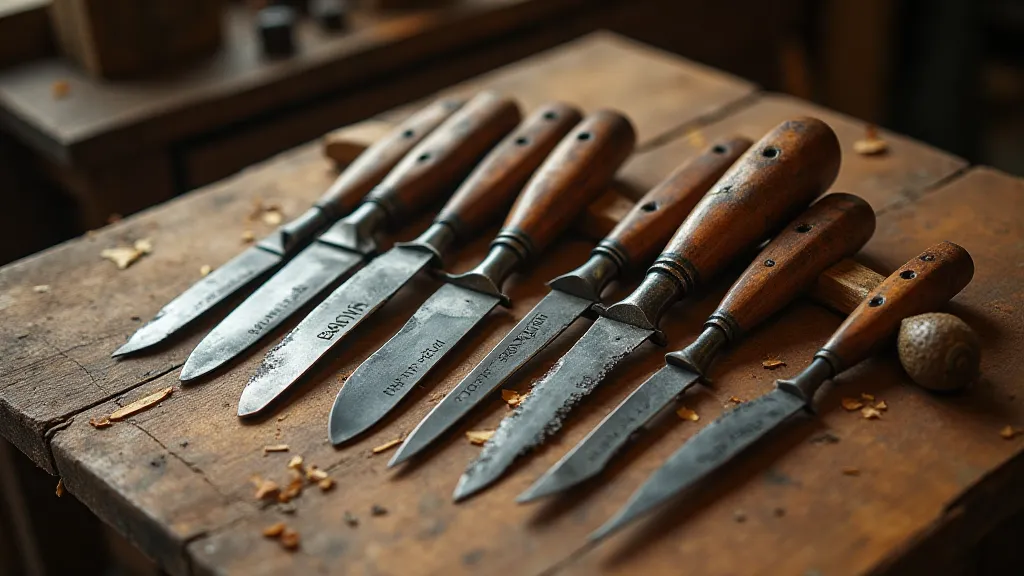
So, the next time you pick up your penknife and a block of wood, remember the philosophy of wabi-sabi. Embrace the imperfections. Let go of the need for perfection. And allow yourself to be guided by the wood, the tools, and the quiet wisdom of your own hands. You might be surprised at what you create.
